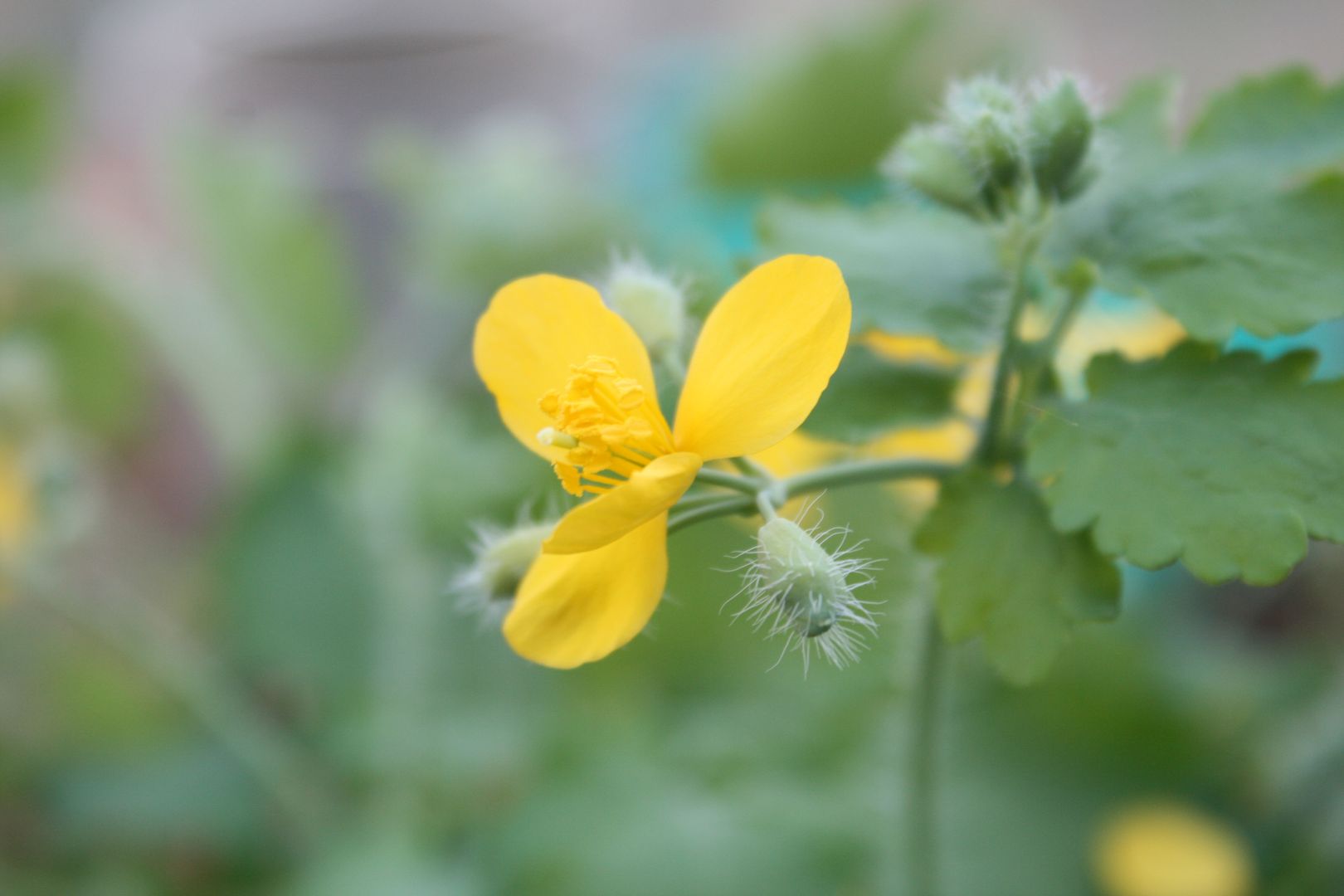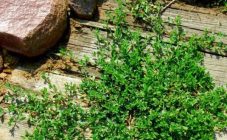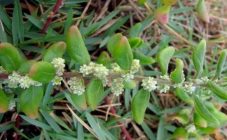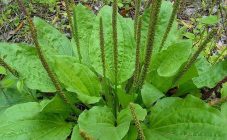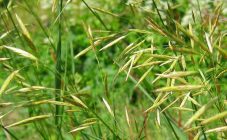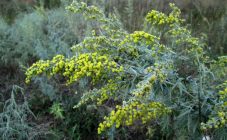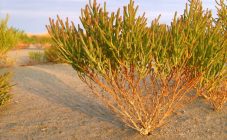Content:
It is easy to guess that the name of the herb "celandine" came from the merger of two words: "pure" and "body". In other words, celandine helps cleanse the body of various diseases.
Before this term appeared, the grass was called podtinnik, warthog and puree. Having analyzed these words, you can reveal several more meanings and features of the plant. This article will look at what celandine herb looks like, its beneficial properties, the help of tinctures for diseases and methods of harvesting raw materials.
Description and distinctive features
Many summer residents attribute celandine to weeds and mercilessly fight with it all season. By the end of spring and summer, this plant enters a phase of active growth and spreads in the garden area, sometimes causing a lot of problems for those who are trying to fight it. Meanwhile, celandine is very effective in fighting pests in gardens and vegetable gardens. In general, a person can usefully apply the beneficial properties of the herb and treat some ailments.
Biologists classify celandine in the poppy family. The grass can reach a height of half a meter, and in especially favorable conditions even a meter. It should be noted that this is a perennial plant.
What does celandine plant look like? It has a straight stem branching in many places. Having broken any process, you can notice the release of a thick liquid - milky juice. When interacting with air, it is converted into a substance that has an orange tint and a pronounced bitter taste.
There are large leaves on the stem, their color changes slightly depending on which part of it they are located in: the upper ones are green, the lower ones are of a bluish hue. The leaf plate itself consists of oval-round parts - there can be from 3 to 5. The topmost of them is three-lobed, and usually it surpasses others in size. A light brown root, belonging to the tap-type species, leaves the ground.
Despite this, each of their parts is a valuable raw material. The herb celandine is generally classified by scientists as a medicinal plant, because its chemical composition contains biologically active substances.
If we consider in more detail the question of what exactly the composition is, you can find in this herb:
- a variety of vitamins;
- acids: succinic, citric, malic;
- tannins;
- oils: essential, resinous.
You should always carefully and carefully consider the use of celandine, carefully read the instructions before using it inside. If the recipe is popular, then, before taking the drug, it is worth reading reviews of real users. It is important to find the optimal method of application so that it brings only benefits to human health and promotes healing.
Species diversity
The second type of miraculous plant is known to many as Medicinal celandine. Some believe that this is an ornamental plant, which at one time was described by the Japanese Hiroshi Hara. He said that such celandine was just a subspecies of the Bolshoi.This type is common in East Asian countries, for which it received the name Asian celandine.
Medicinal properties
In modern medicine, celandine is highly appreciated: it is laid in the basis of drugs that can cure infectious diseases.
In addition, he fights against ailments of various human organs:
- kidney;
- liver;
- stomach;
- gallbladder.
Its individual parts are often used to create cosmetics:
- balms;
- ointments;
- gels for face and body.
The juice of this medicinal herb is used in the production of Mountain celandine balm, which is intended for topical use in case of skin diseases.
The value of the decoction and tincture of celandine cannot be denied, but at the same time it is important to remember that the herb should be harvested according to carefully worked out safety rules. In cases of misuse, any of the constituent parts, severe poisoning is possible.
Since celandine and its preparations contain a high percentage of alkaloids, its use cannot be useful during pregnancy and lactation. There will be no positive results when used:
- children;
- patients with epilepsy;
- people with severe mental disorders and angina pectoris.
Decompensation of cardiac activity, chronic constipation and severe dysbiosis are no less serious contraindications and reasons for refusing to use this plant as a medicinal product.
Planting and breeding process
Experienced gardeners and gardeners know that there are only two ways to breed celandine: by seed and part of the root. However, the seeds do not have to be fresh.
The seeds are planted around June-July, after choosing a suitable place for this. It is also necessary to take into account the gap between the rows, which should be at least one and a half meters. Having put the seeds in the hole, they are covered with a thin layer of soil.
Suitable for reproduction are seeds that have been stored for no more than 2 years. Old seeds can be planted in cold weather, closer to the onset of winter or spring. The latter option is suitable if there is a shady place on the site with a high level of humidity.
Plant care methods
Celandine will not need especially careful care, except for the period when the first shoots appear. At such a time, you need to watch them, as they are only gaining strength. They should not be disturbed in this by the nearby representatives of the flora.
Collection and drying methods
It is necessary to collect celandine for medicinal purposes precisely during its flowering period, and the juice will be obtained only from freshly harvested plants.
All parts of the medicinal plant are first dried and then applied. Not forgetting about the toxicity of seeds, flowers, roots and leaves, you need to be puzzled by the precautionary measures: you cannot rub your eyes and skin with your hands at the moment when the collection takes place.
Rootless bushes are distributed immediately for drying. The grass is spread over the entire surface in an even layer, dried in a well-ventilated place, stirring occasionally.
If you need to dry the whole plant, then first, its root is cleaned of the earth, washed thoroughly with water and allowed to dry. Then the roots are collected in bunches of several pieces and hung in a well-ventilated room or outdoors under a canopy.
Knowing how to grow, properly collect and dry celandine, you can use the medicinal herb for its intended purpose, curing the ailments listed in the publication.
